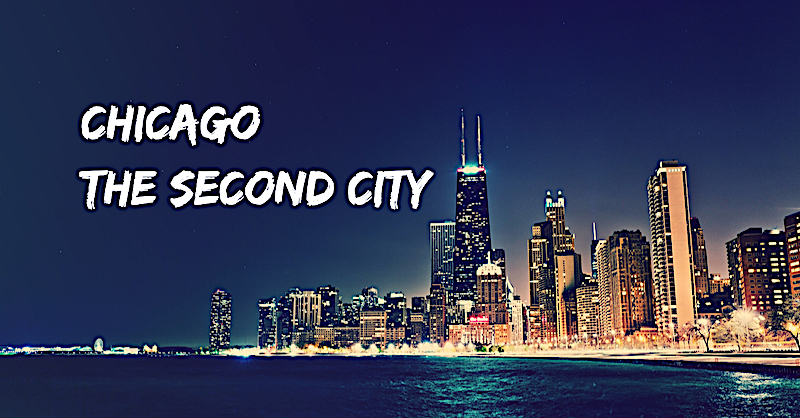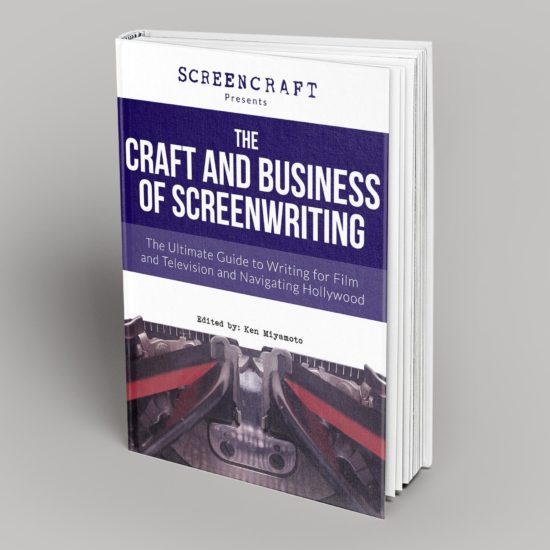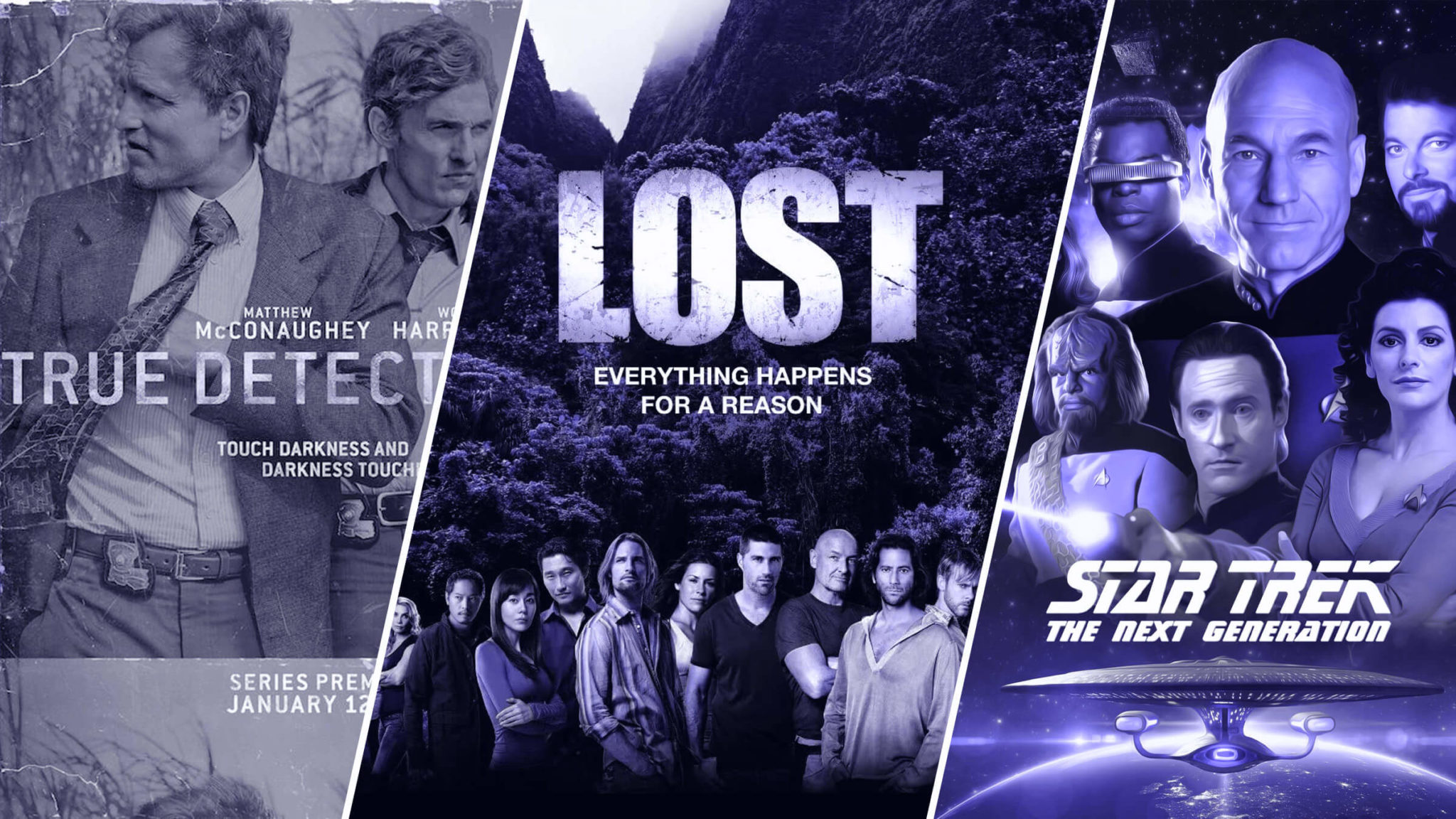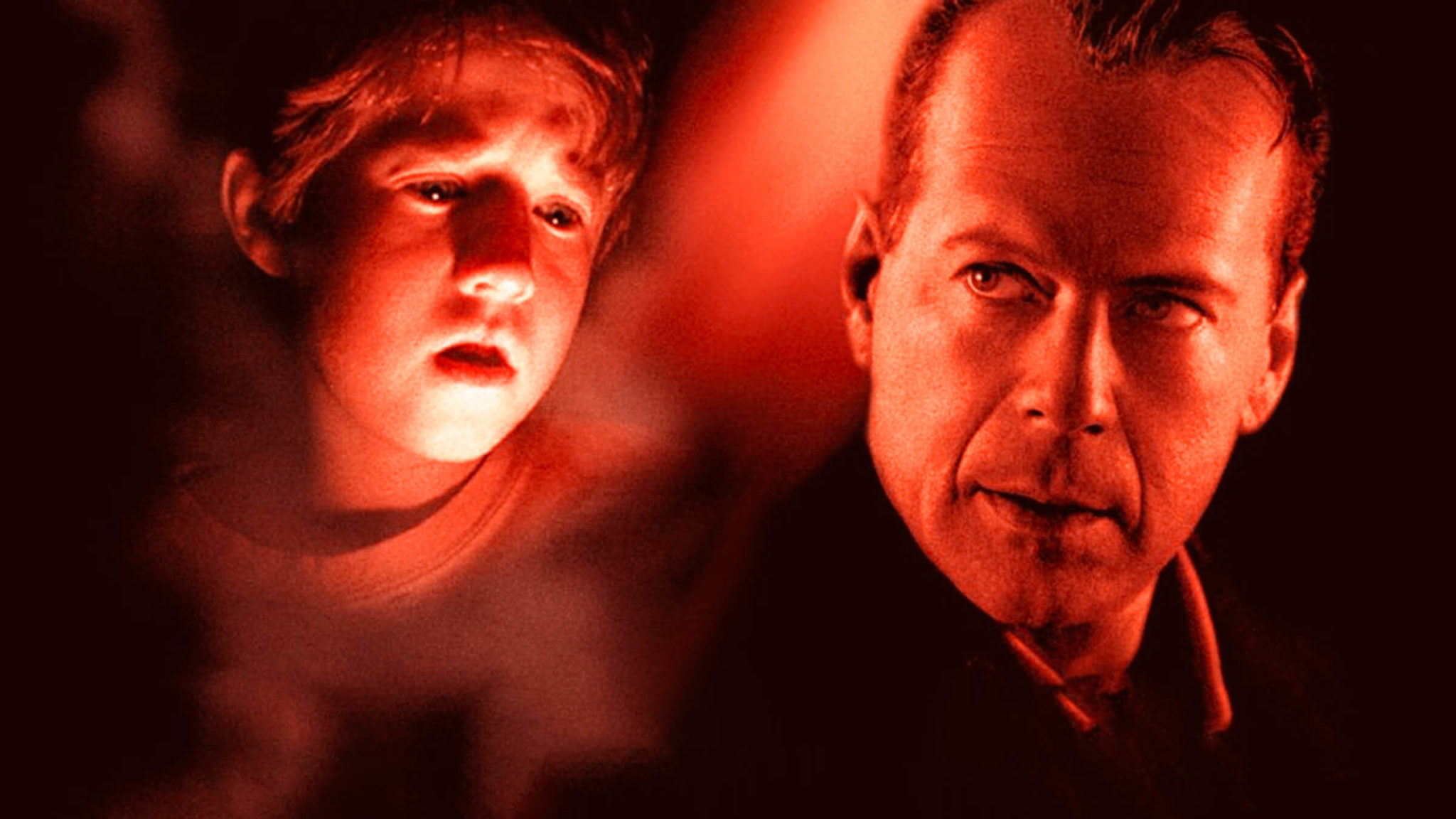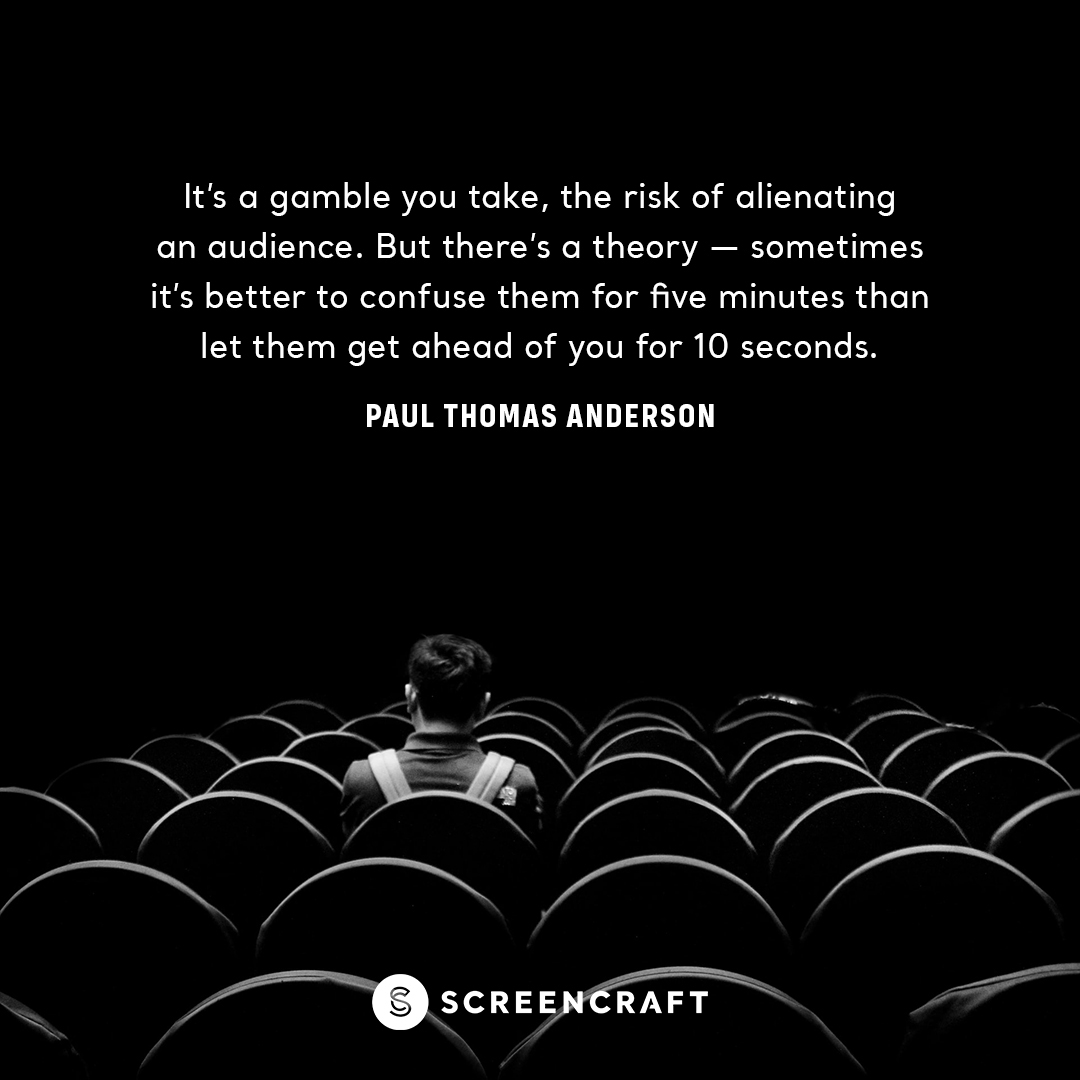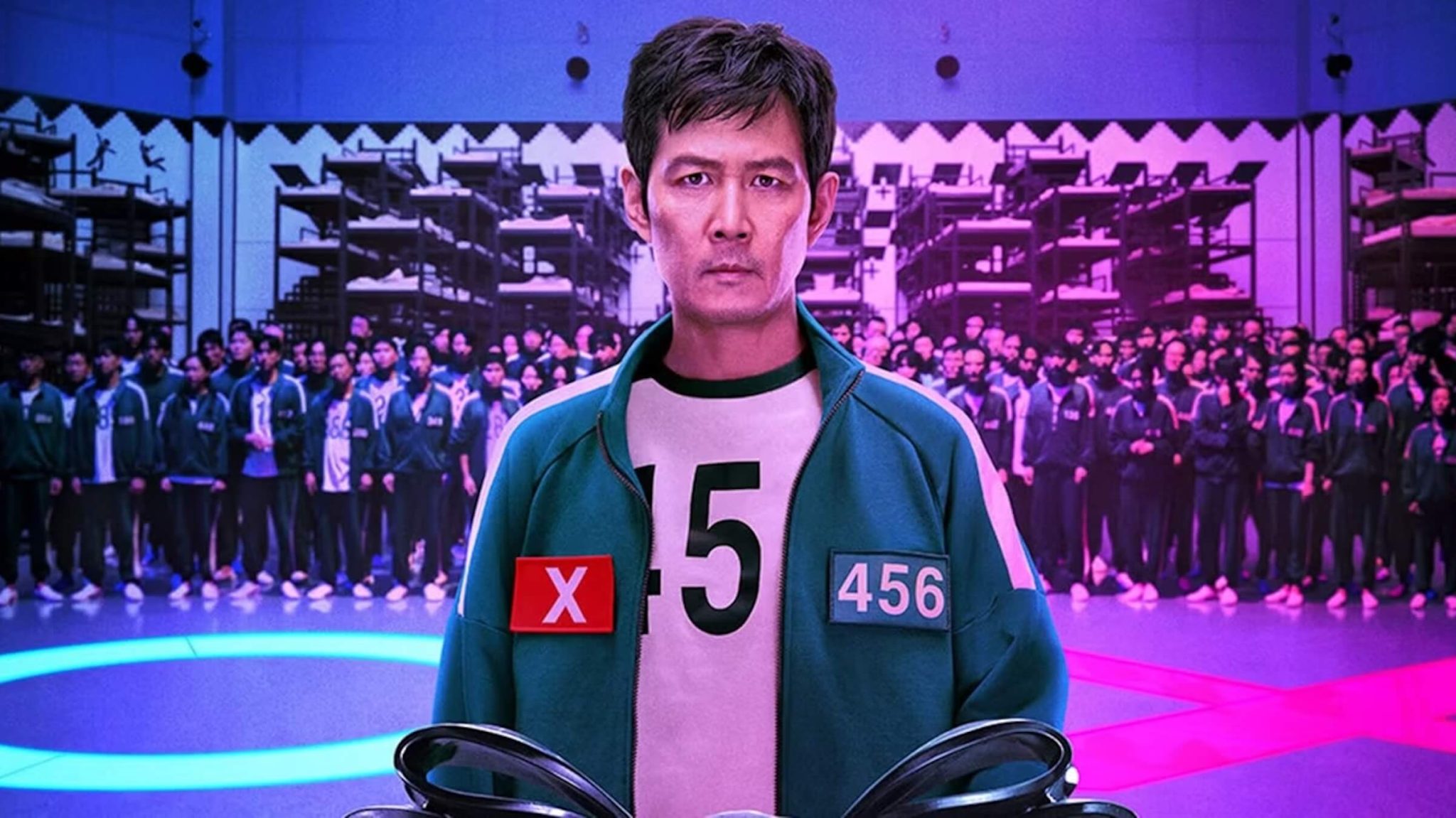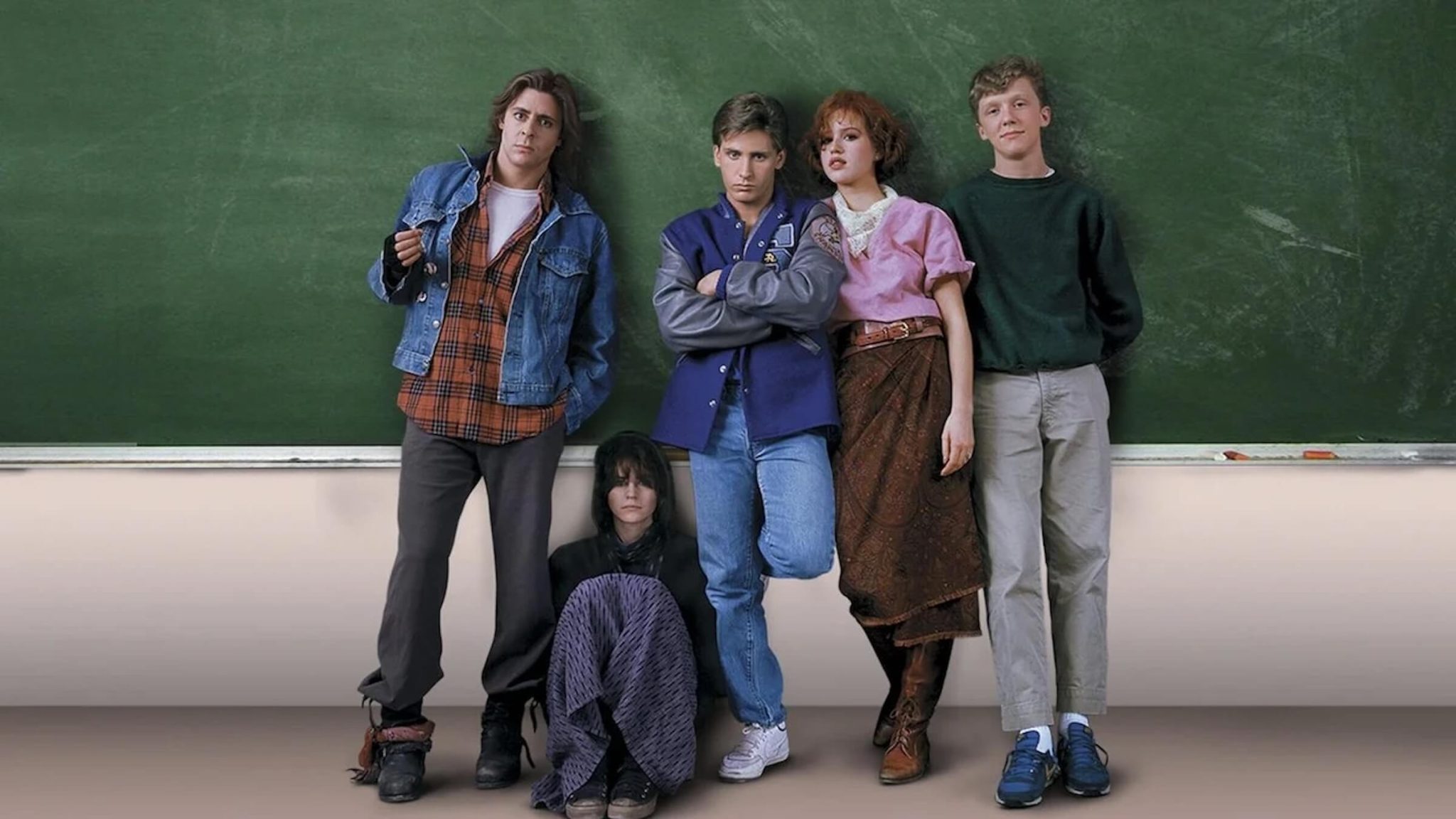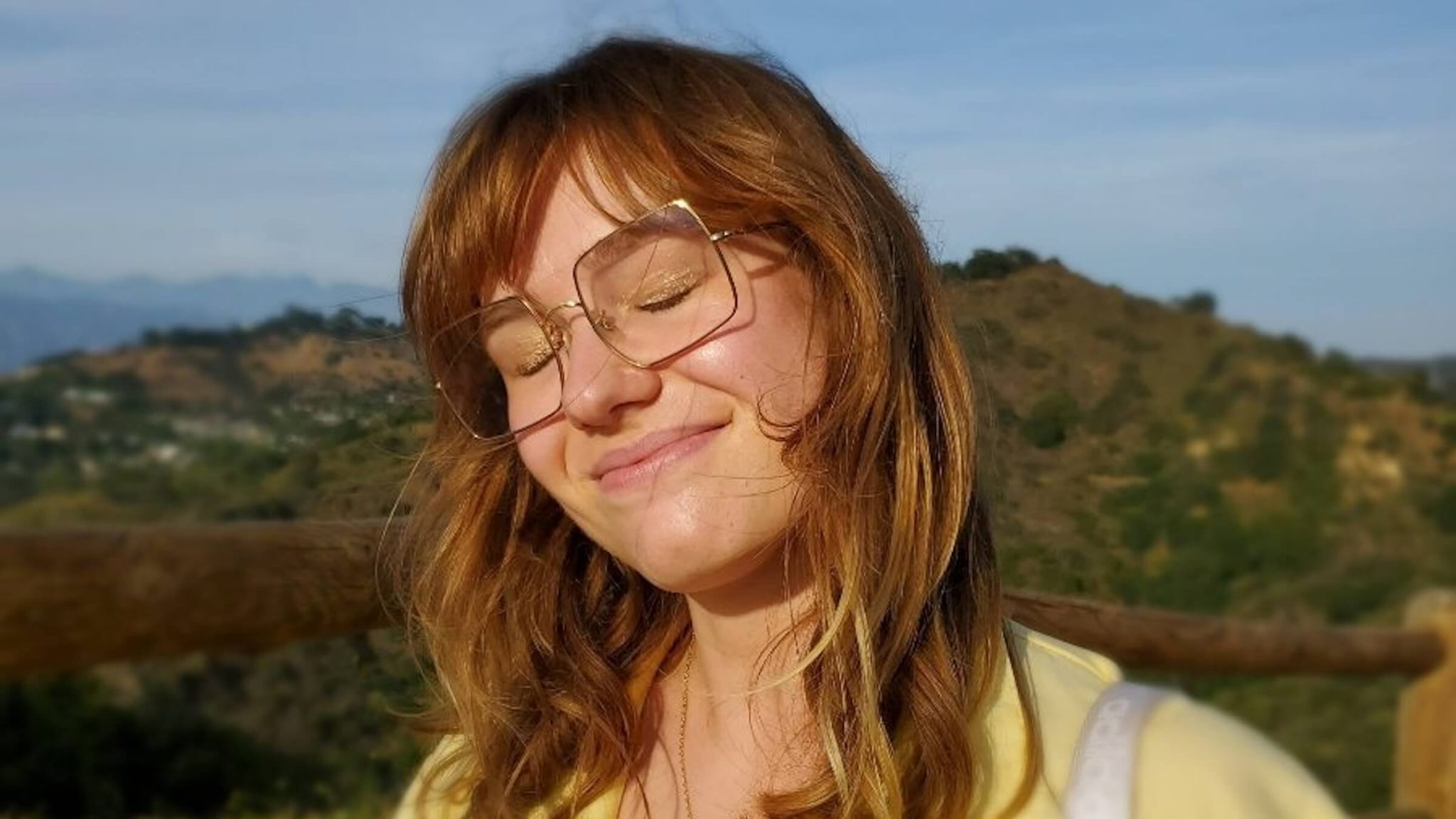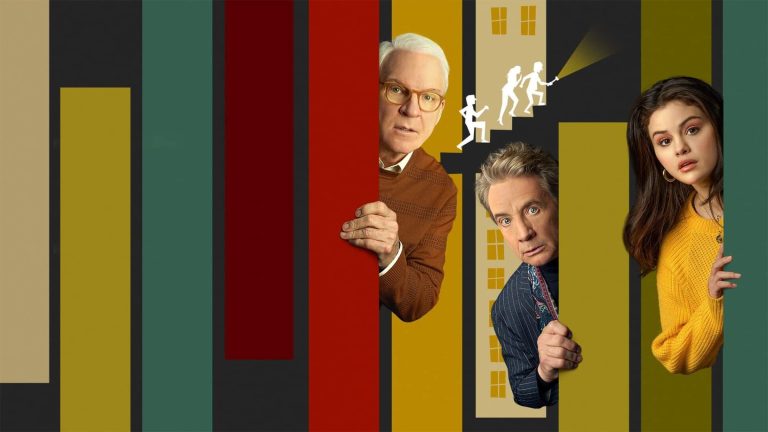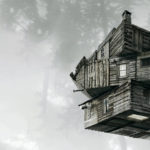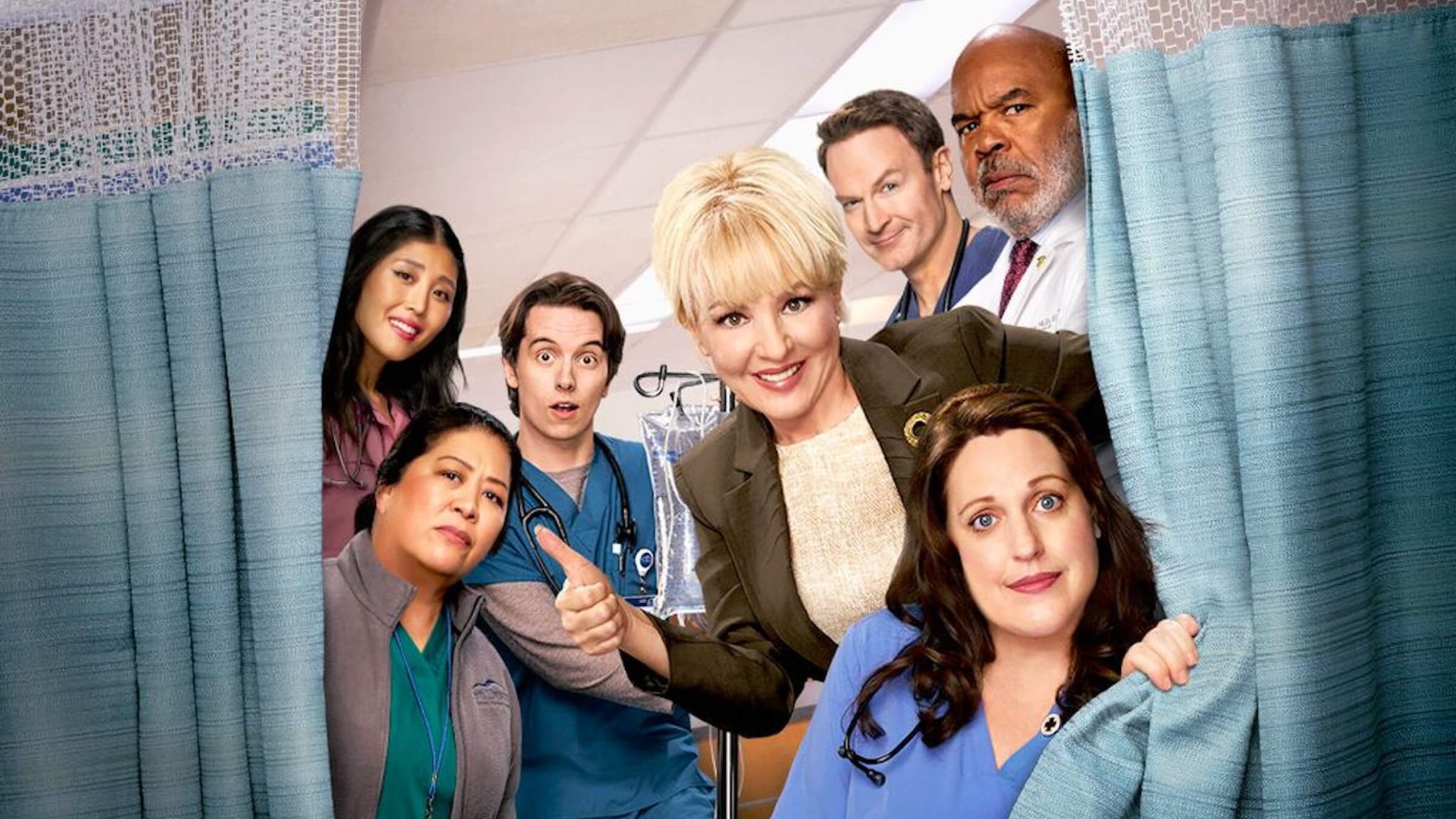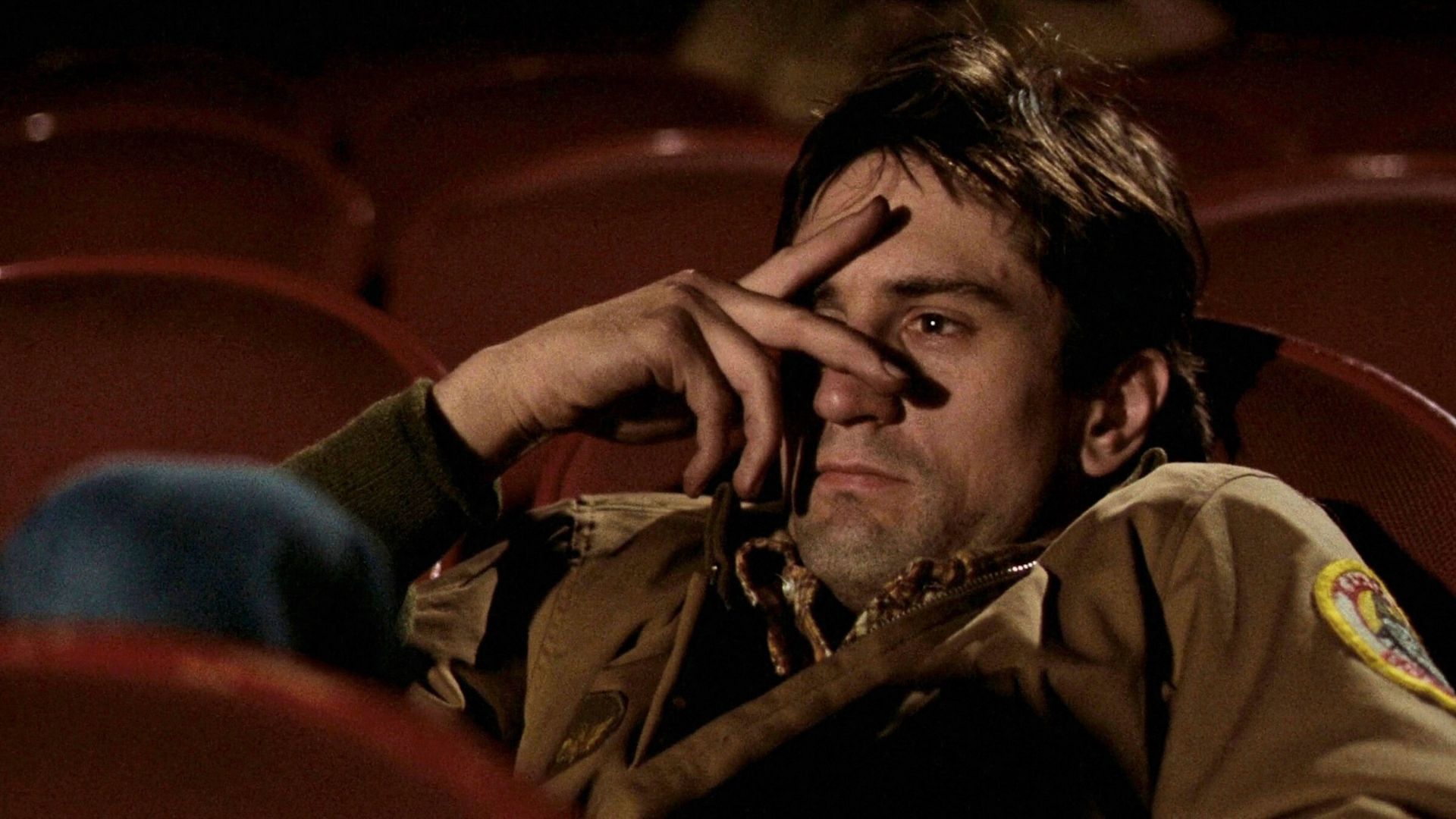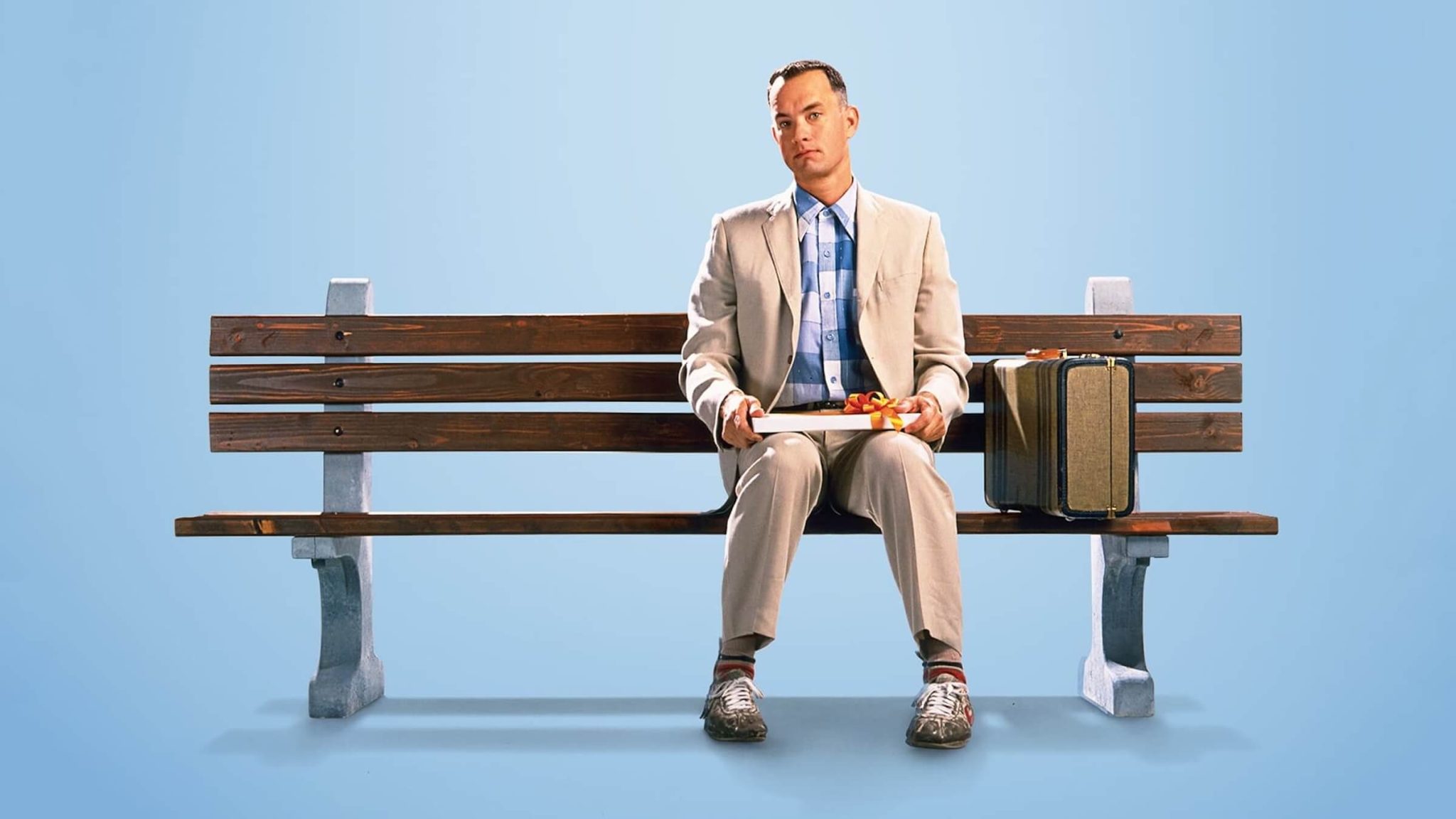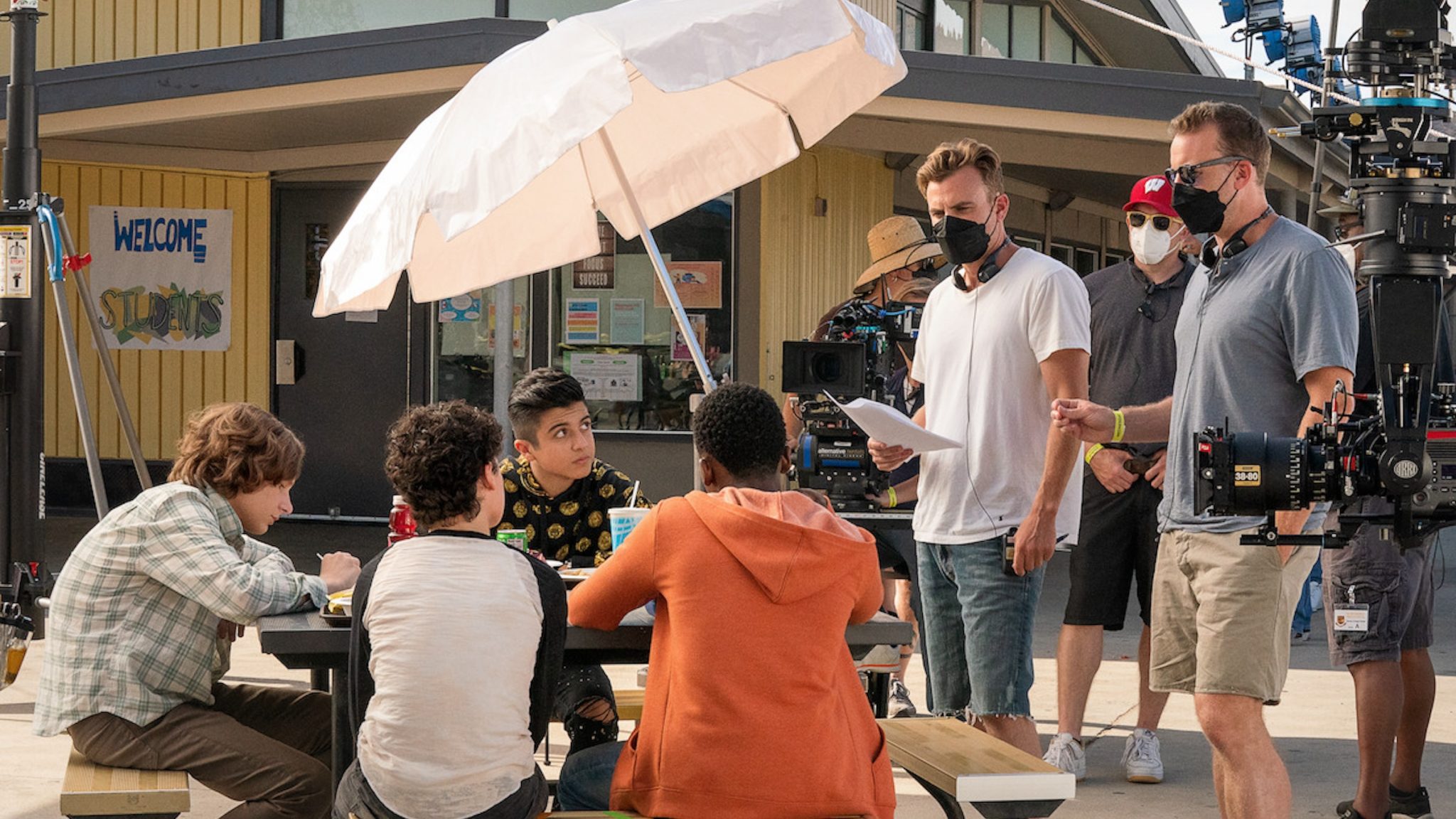How Chicago Became the Mecca of Modern Comedy Writing
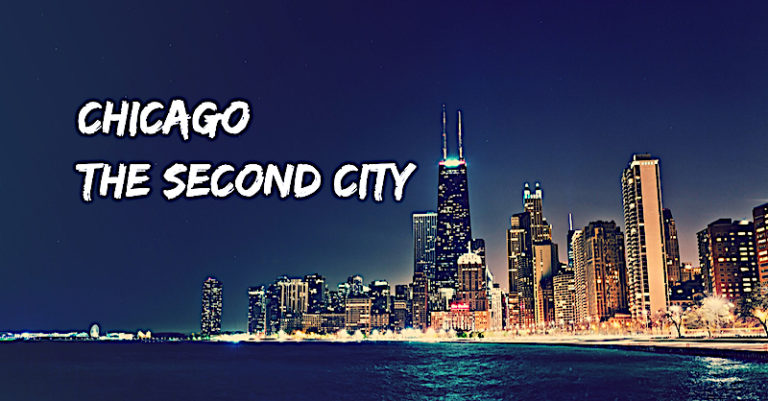
What impact did the city of Chicago have on the comedy writing we see on film, television, and the stage today?
Jordan Peele, Keegan-Michael Key, Jane Lynch, Alan Alda, Alan Arkin, Harold Ramis, Dan Aykroyd, John and Jim Belushi, Peter Boyle, John Candy, Steve Carell, Stephen Colbert, Chris Farley, Tina Fey, Shelley Long, Tim Meadows, Bill Murray, Mike Meyers, Amy Poehler, Joan Rivers, and so many more icons of comedy have roots in one singular city — Chicago.
These days, it's all too common to learn that most of the top comedy performers, writers, and directors came through Chicago's The Second City, an improvisation theater group that opened in 1959 amidst a worldwide shift in performance comedy where the laughs were coming less from one-line jokes ("Take my wife... please") and more from storytelling and a new form of performance art — improvisation.
The Birth of Chicago Improv
Contemporary improvisation — which everyone now universally recognizes as improv — all began with one woman, Chicago's own Viola Spolin.
In the 1920s, Spolin was training to be a social worker in Chicago, studying at the Group Work School, which was headed by Neva Boyd. Spolin was influenced by Boyd's innovative teaching of traditional game structures to build and affect the social behavior of inner-city and immigrant children.
From 1939 to 1941, she served as the drama supervisor for the Chicago branch of the Works Progress Administration's Recreational Project, where she developed a form of theater training that helped to cross the cultural and ethnic barriers of children within the program.

Games, storytelling, dance, and dramatic theatrics were used as tools for creative expression in children and adults for hopeful self-discovery and therapy.
"Through spontaneity, we are re-formed into ourselves. It creates an explosion that for the moment frees us from handed-down frames of reference, memory choked with old facts and information and undigested theories and techniques of other people's findings. Spontaneity is the moment of personal freedom when we are faced with reality, and see it, explore it and act accordingly. In this reality, the bits and pieces of ourselves function as an organic whole. It is the time of discovery, of experiencing, of creative expression," Spolin once said.
These developments would later be referred to as "theater games" that performers could use to develop their craft and access the emotions and performance variances needed to perform convincingly on the stage.
Spolin later acknowledged J.L. Moreno as an influence as well. He was the originator of the therapeutic techniques known as psychodrama and sociodrama.
It was Spolin who drew on Moreno's idea of using audience suggestions as the base of improvisation. The practice is now universally employed in improvisational workshops and performances around the world — highly developed by Chicago's The Second City troupe.
"General improvisations often give actors an insight beyond their words by helping them to 'see the word' and achieve a reality for the scene," Spolin wrote.
Let Chicago spark your inspiration at the ScreenCraft Writers Summit
Chicago's The Second City Changes the World of Comedy
After nearly a decade in Hollywood running a youth acting company that utilized Spolin's evolving theater games for training young actors, Spolin returned to Chicago in 1955 as a director for the Playwright's Theater Club, which was being run by Spolin's son, Paul Sills, and his peer David Shepherd.
She conducted her theater games with the group as Sills and Shepherd developed the concept of adapting the games into a new play that would take improvisational concepts and scenario outlines — written by members of the acting ensemble — and perform them on stage in front of a live Chicago audience.
The group was primarily made up of University of Chicago students. Spolin, Sills, and Shepherd named the group The Compass Players, which would go on to become the world's first professional improvisational acting company. The name came from the bar near the University of Chicago campus where they had their first performance in the summer of 1955. They performed occasional shows on the Near North Side of Chicago until they set up shop as a theatre company at 1942 North Wells Street.
It was 1959 when Sills co-founded The Second City with Bernie Sahlins and Howard Alk. The name was taken from a New Yorker article that painted Chicago as a vast cultural desert, secondary to the likes of New York City.
The company would prove the article wrong.
The Second City's form of comedy was new and groundbreaking. Gone were the one-liners and highly-rehearsed slapstick routines of old: acts that were highly prevalent in New York and other big cities.
This "second city" had given birth to a new form of comedy and performance that was edgy and highbrow, later drawing in massive crowds as a hip new nightclub scene.
As The Compass Players first performances offered, The Second City's audiences were invited to stay and suggest random subjects for additional sketches after the initial performance. Improv players would take suggestions and create characters that would play in a short scene. The improvisations that worked best with the performers and the crowds would later be incorporated into the troupe’s future shows. That is how they developed material that worked.
Over time, it would become a place for writers and performers to develop their art and craft.
The 1960s
The 1960s had now-iconic names like Alan Arkin, Joan Rivers, Fred Willard, Bob Curray (The Second City's first African-American member), and Harold Ramis come into the improvisational theater's halls, then relocated to Second City's current location — 1616 North Wells.
In 1962, the troupe traveled to London for their first U.K. appearance, swapping stages with London's own The Establishment. Two years later, co-founder Bernia Sahlins launched a Manchester TV series entitled Second City Reports, which was aired throughout the United Kingdom.
In 1967, member Joyce Sloane launched The Second City Tour Company, which traveled the globe with the goal of training talent and bringing improvisational comedy around the world.
The 1970s
In the 1970s, a new generation of alumni began to take the comedy world by storm.
Icon John Belushi came onto the Chicago Second City improv scene in 1971. Two years later, the likes of Bill Murray, John Candy, and Betty Thomas make their Chicago debuts. By that time, the theater had expanded to Toronto, Canada, later launching the improv careers of Dan Aykroyd, Gilda Radner, the aforementioned John Candy, and Eugene Levey.
When Spolin left, understudy Jo Forsberg began to teach at Second City and quickly became an expert in improvisational theater techniques. She eventually opened The Players Workshop, which was the first official school of improvisation. Her daughter Linnea Forsberg and nephew Martin de Maat were hired to teach alongside her. Jo's son Eric Forsberg, Lee Houghton, Doug Voegtle, and David Murphy all became highly-regarded teachers at the school when Jo stepped away.
If you wanted to get onto the main stages of The Second City, The Players Workshop was (and still is) where you likely wanted to start.
Alumni of her Players Workshop include big names like Bill Murray, Bonnie Hunt, Harold Ramis, Betty Thomas, Shelley Long, George Wendt, David Mamet, Robert Townsend, Amy Sedaris, and many more.
By 1975, New York had taken notice of the Second City group, with the city's new sketch comedy show Saturday Night Live snatching up Belushi, Aykroyd, Radner, and Murray.
Canada and the Toronto troupe answered Saturday Night Live with SCTV for Canadian audiences (and later American audiences during the next decade). The Canadian-bred troupe members were introduced to future icons in the form of Martin Short and Rick Moranis, among others.
By the time National Lampoon's Animal House debuted with Belushi in his scene-stealing role in 1978, The Second City's waves were on their way to an all-time high over the next decade with multiple alumni starring on television and the big screen in some of cinematic comedy's greatest hits.
1980's and Beyond
SCTV was winning Emmys, and many alumni were starring on Saturday Night Live or flourishing in big comedy hits like Blues Brothers and Ghostbusters.
The word was out — Chicago was the place to go to develop a career in comedy.
Farley, Meadows, Carell, Colbert, Fey, Dratch, and many other comedic icons came through and left legacies.
Chicago Becomes the Mecca of Comedy
The trend was hard to miss. Film and television's newest and best comedy stars in acting, writing, and directing had one thing in common — roots to Chicago and its The Second City troupes.
The interesting element is the balance between New York City, Los Angeles, and Chicago.
New York City was where you had to be to expand your theatrical career. Los Angeles was where you went to star in movies and television. The money was in those two big cities and their markets.
But Chicago is where most went to learn the ropes of comedy writing and comedy performance. Why? The community.
"You learned to make the other actor look good so you looked good," Bill Murray once shared.

When you're in Chicago studying comedy at The Second City — and now its many offshoots and improvisation cousins — you're getting paid (sometimes) to learn the ins and out of improvisational comedy from those that created it, evolved it, and passed it down to others now teaching it as well.
Is there a difference between talent in Chicago and other big cities? According to Murray, "Chicago actors are more hard-nosed. They're tough on themselves and their fellow actors. They're self-demanding."
Before the advent of Chicago's recent boom in television and feature production, Chicago was known as the place you go solely to learn while you earn. The big money was either in New York City on stage or in television, or in Los Angeles, where you needed to be for film, but especially to be within the writer's room of a major television sitcom.
Chicago's production facilities are growing rapidly, however. More and more television shows are developed and produced in the Windy City. And Hollywood is always turning to Chicago for feature film set locations.
There's even a comedy-driven film school that has been established at The Second City in honor of the late, great writer, director, and actor Harold Ramis — The Harold Ramis Film School. It is the only film school in the world focused entirely on comedy. They educate actors, writers, and directors through the collaborative styles of comedic content creation that was embraced by Ramis.
Students are exposed to iconic and hilarious comedy movies, literature, and teachers to help nurture their storytelling abilities. They undergo comedy training, film history, writing classes, and film production classes with the goal of graduating the program with produced content — screenplay, sitcom pilot, hour-long pilot, or short film.
The late Ramis shared his thoughts on what Chicago gave him and can give others: "There’s a performing motto at Second City… to say 'yes' instead of 'no'. It’s actually an improvisational rule… It’s about supporting the other person. And the corollary to that is if you concentrate on making other people look good, then we all have the potential to look good. If you’re just worried about yourself — 'How am I doing? How am I doing?' — which is kind of a refrain in Hollywood, you know, people are desperately trying to make their careers in isolation, independent of everyone around them.
And I’ve always found that my career happened as a result of a tremendous synergy of all the talented people I’ve worked with, all helping each other, all connecting, and reconnecting in different combinations. So… identify talented people around you and then instead of going into competition with them, or trying to wipe them out, make alliances, make creative friendships that allow you and your friends to grow together because someday your friend is going to be sitting across a desk from you running a movie studio."
Along with The Players Workshop and The Second City, Chicago has The iO Theater, (ImprovOlympic), founded by Del Close, who had been an original member of the Compass Players St. Louis Branch. He was a member of The Second City and became a guru to its many stars over a thirty-year span.
He co-founded The iO Theater with Compass Players founder David Shepherd and a student of The Players Workshop, Charna Halpern. It started out as a competition-based event with teams competing in front of audiences but later developed as a theater company that focused on 'long-form' improvisational structures.
For years, the theater company had a Los Angeles location, iO West, with notable alumni such as Amy Poehler, Bill Hader, and Vince Vaughn. In 2018, operations for the Los Angeles location ceased, but the original Chicago theater still thrives.
Needless to say, Chicago comedy roots branch out across the country and the world — and, in turn, most comedy hopefuls come to begin their comedy journey in Chicago.
Why Chicago's Improv Changed Comedy Writing Worldwide
The wonderful aspect of Viola Spolin's teachings is that she planted the roots of an artform — improvisation — that acclimated more to storytelling.
One-liners aren't enough to fill a script for an episode of comedy television or for a feature comedy film. Comedy scripts require characters and scenarios centered around comedic forms of irony or happenstance. The context of the humor is vital to the success of it.
And when you match that with the spontaneity — or appearance of spontaneity — of improvisation techniques, it enhances the comedy and the audience's reaction to it.
When you think of Bill Murray and Steve Carell, you think of spontaneity matched with hilarious humor. While this does have something to do with natural talent and charisma, these types of writers and performers have honed their skills through years of improvisation study and performance.
Improv is about exploring the ideas and concepts floating randomly through your imagination and consciousness — and then gathering them together into a context (story and characterization) that works on the stage or screen in narrative form. And that narrative form may be a four-minute sketch, twenty-two-minute episode, or ninety-minute feature.
For sixty years, improv has changed the way we look at comedy. And it has changed the way we conceptualize, develop, write, perform, and produce it.
And it all started in Chicago, a city thought of as "second" to the likes of The Big Apple or Hollywood. Yet without Chicago, there is no Saturday Night Live, SCTV, Ghostbusters, Blues Brothers, Caddyshack, Austin Powers, 30 Rock, and dozens upon dozens of other comedy shows, movies, and talents.
So thank you, Chicago — you're second to none!
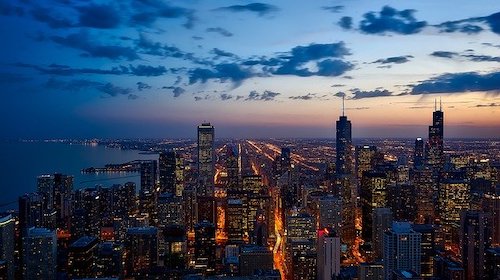
Ken Miyamoto has worked in the film industry for nearly two decades, most notably as a studio liaison for Sony Studios and then as a script reader and story analyst for Sony Pictures. He has many studio meetings under his belt as a produced screenwriter, meeting with the likes of Sony, Dreamworks, Universal, Disney, Warner Brothers, as well as many production and management companies. He has had a previous development deal with Lionsgate, as well as multiple writing assignments, including the produced miniseries Blackout, starring Anne Heche, Sean Patrick Flanery, Billy Zane, James Brolin, Haylie Duff, Brian Bloom, Eric La Salle, and Bruce Boxleitner. Follow Ken on Twitter @KenMovies
For all the latest ScreenCraft news and updates, follow us on Twitter, Facebook, and Instagram.
Tags
Get Our Screenwriting Newsletter!
Get weekly writing inspiration delivered to your inbox - including industry news, popular articles, and more!







